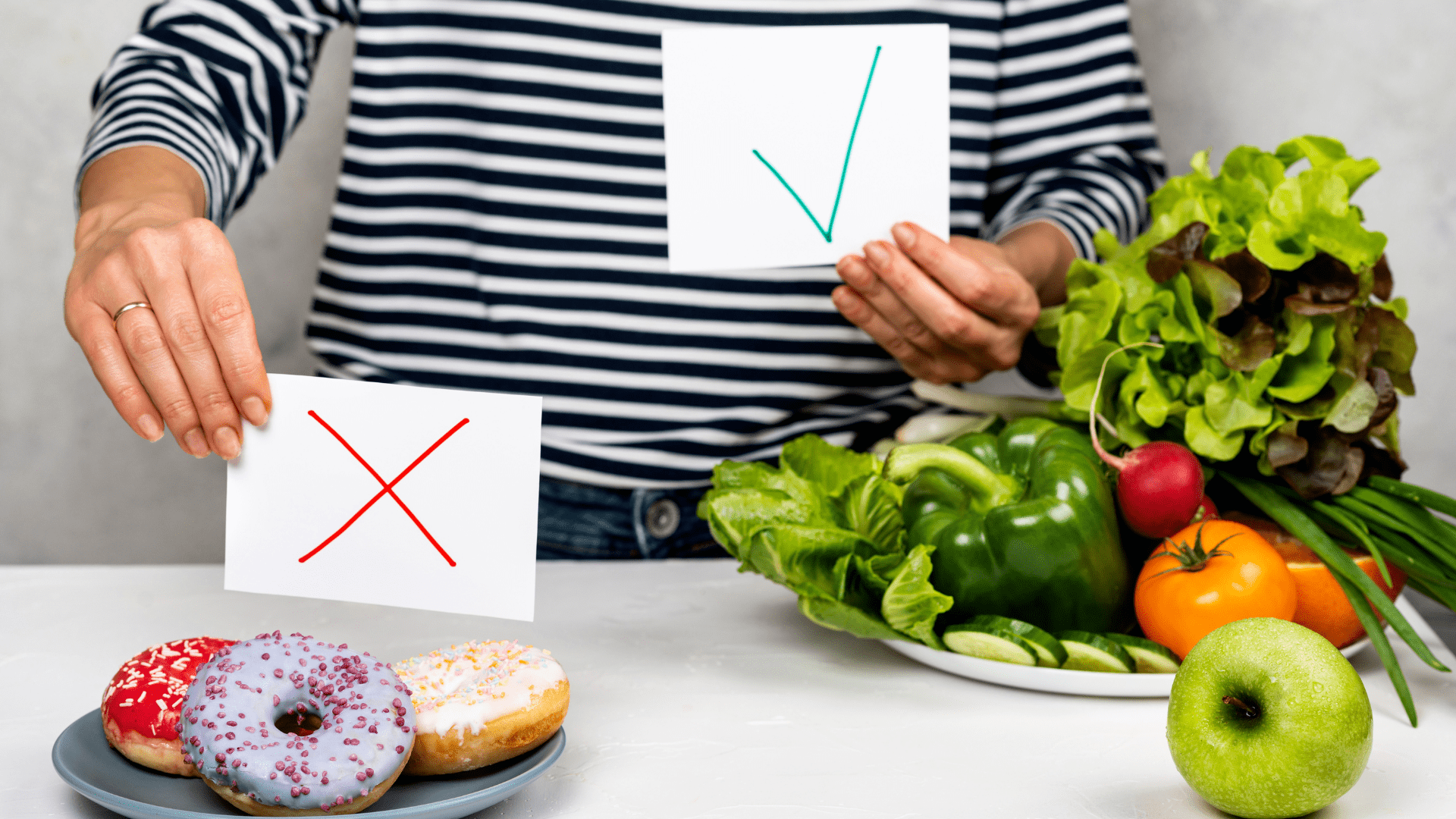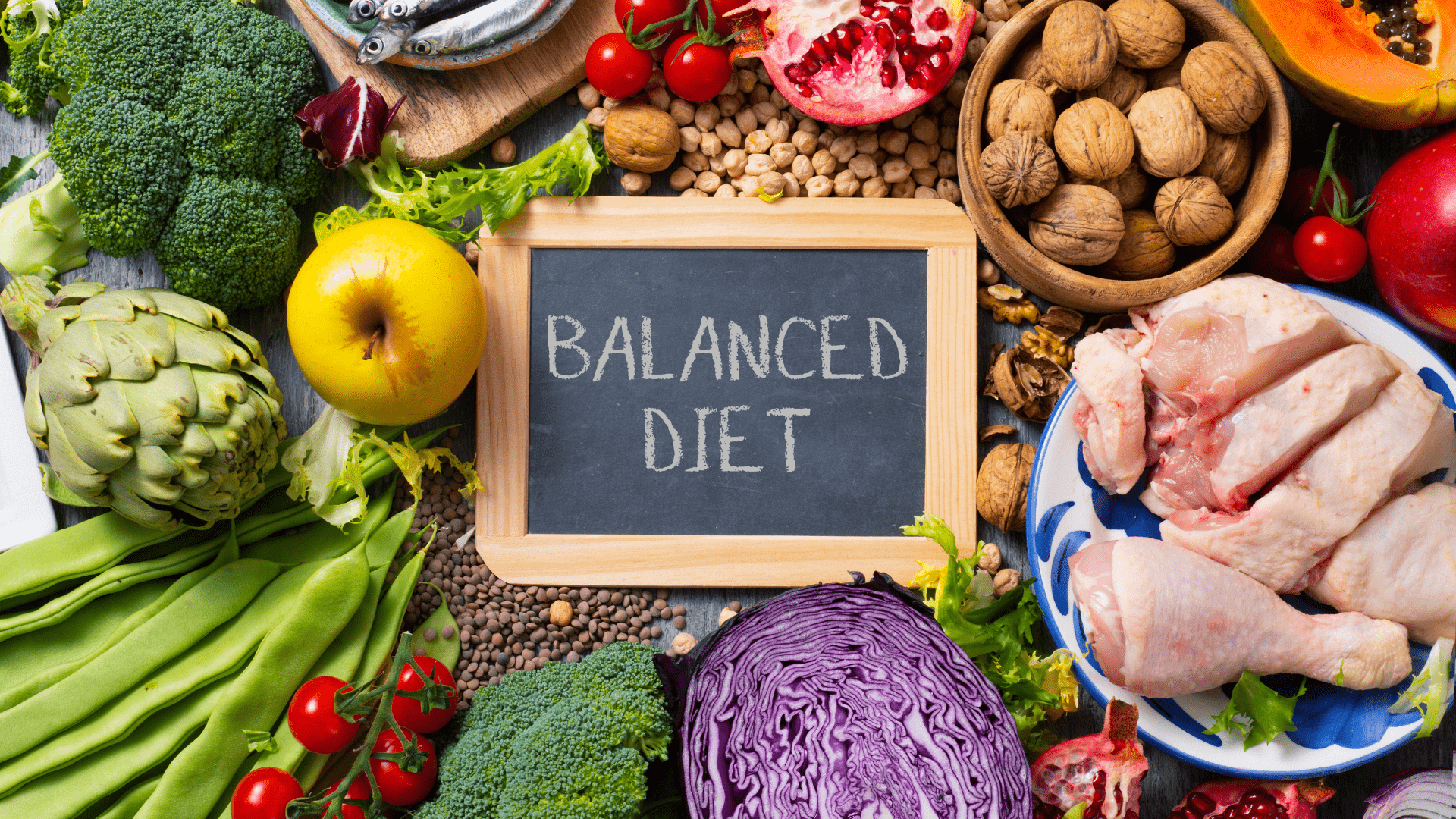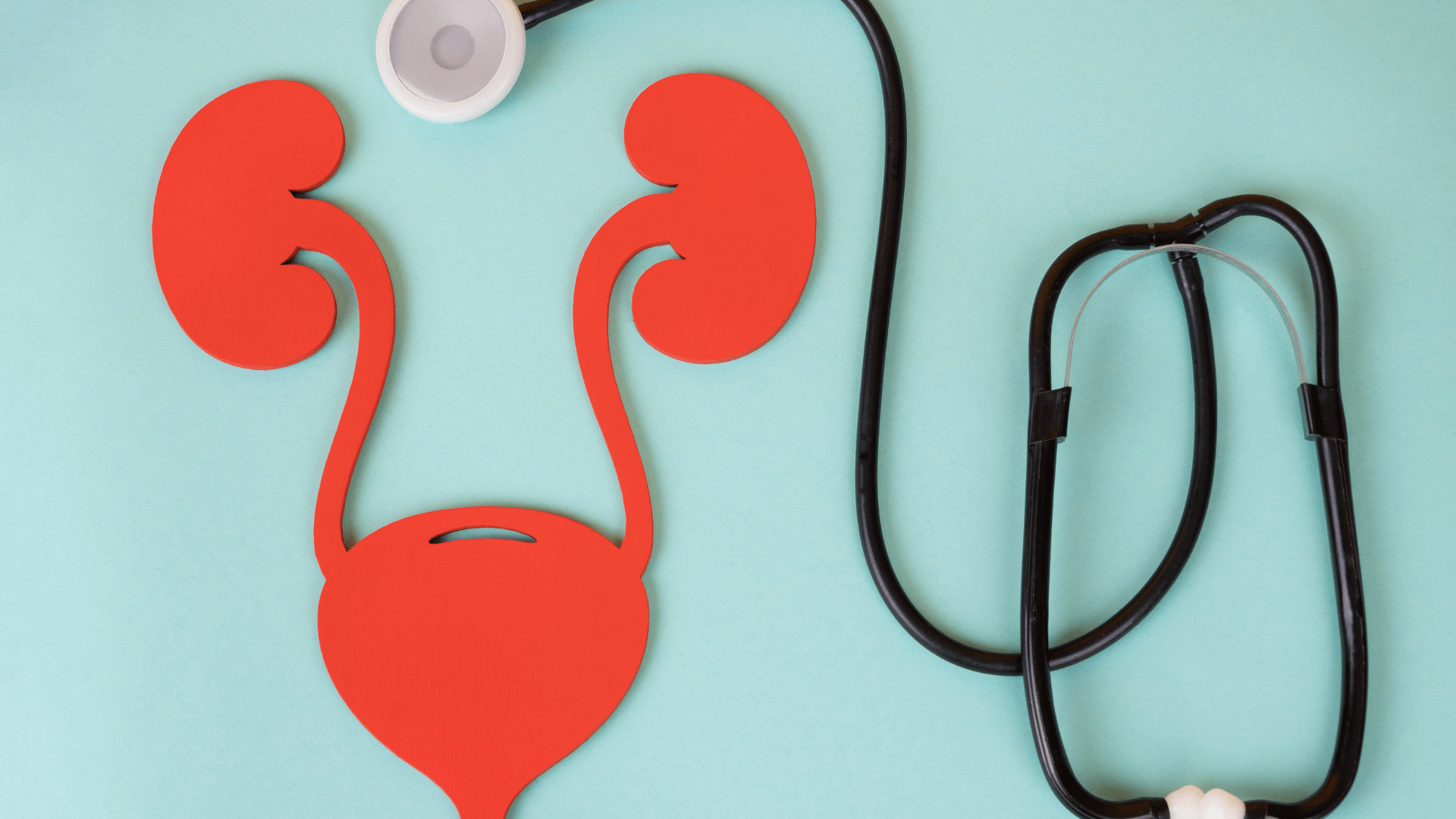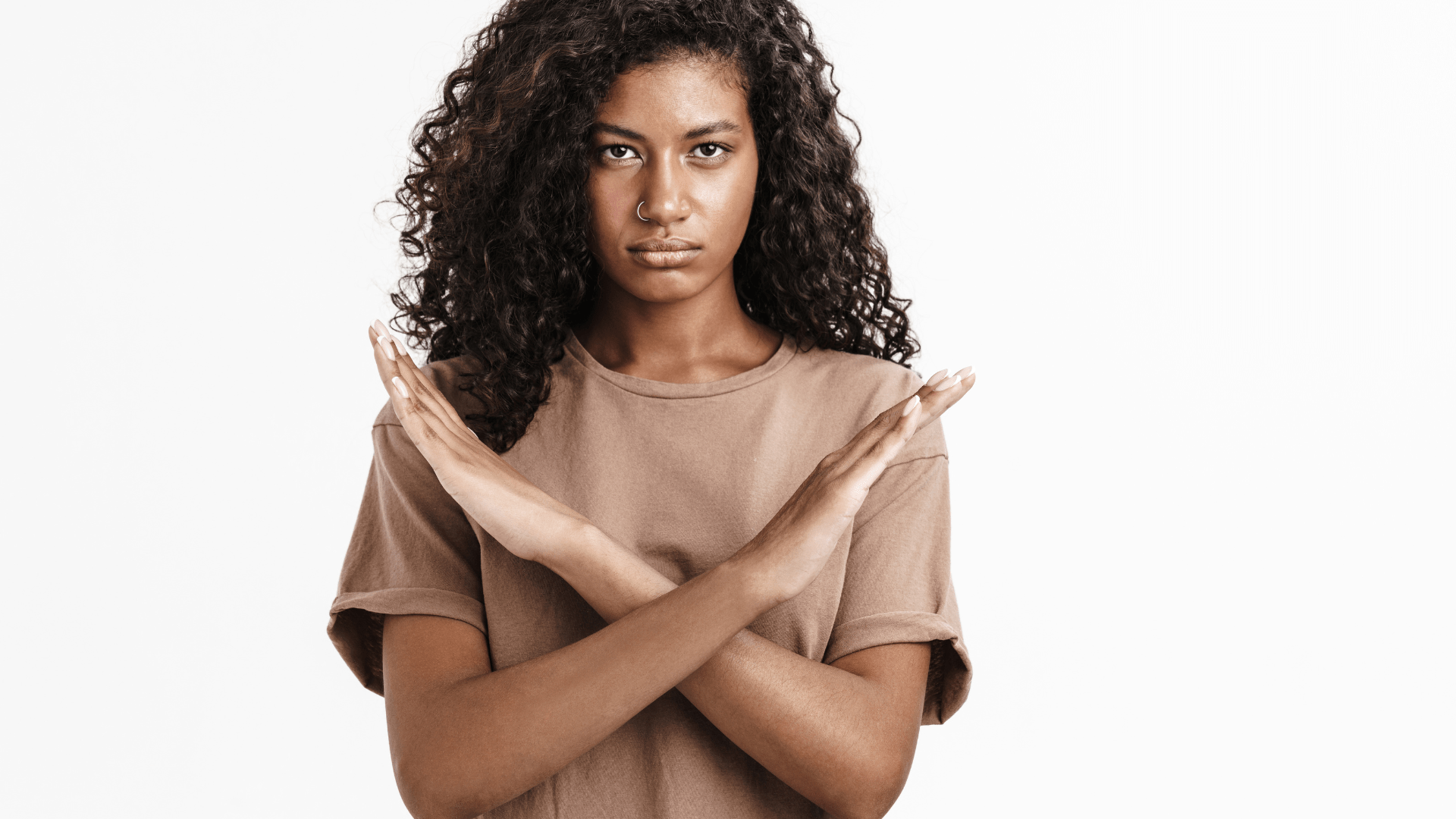You know that moment your period comes, and your peaceful existence turns into chaos? Suddenly, you’re battling cramps, bloating that makes you feel like a balloon, and tiredness that leaves you drained — all while you’re expected to keep up with school, work, and just life. Most of us have been there, and honestly? It’s not fun.
The secret you might not know is that what you eat can make a huge difference in whether you come out of your period week smiling or frustrated. It’s not a magic cure for your period symptoms, but the right food can calm your cramps and bloating, replace lost nutrients, and keep your energy from draining out. Think of it as part of your survival kit when Aunt Flow comes knocking, but in your kitchen.
Why do Cramps, Bloating, and Fatigue Happen?
Before we talk about foods that help and harm, let’s try to put on our nerd glasses to understand why some of us might experience these symptoms when on our period.
During your period, your body releases chemicals, known as prostaglandins, that tell the muscles of your uterus to squeeze, contract, and shed its inner lining (period blood). The higher the prostaglandin levels, the worse the cramps.
Regarding the bloating or “why do my jeans hate me” feeling, that is partly thanks to a drop in hormones, progesterone, and oestrogen around your period. These changes can cause your body to retain water and salt, making you feel puffy.
Then there’s fatigue, which occurs due to:
- Blood and iron loss: Every period, you lose some iron, and if your diet doesn’t replace it, your red blood cells can’t carry oxygen as efficiently, leaving you tired.
- Hormone rollercoaster: Oestrogen, which usually helps keep energy up, drops right before and during your period. When you combine that with cramps, poor sleep, and mood changes, it’s no surprise that you keep feeling tired.
Red flag alert: If you experience very severe cramps that leave you crying or rolling on the floor, vomiting or fainting, or you’re struggling with heavy bleeding that has you changing your pads or tampons very frequently, or if you have bad anxiety or depression close to your periods – that’s not normal. It could be something more serious, like endometriosis, adenomyosis, or hormonal disorders, or premenstrual dysphoric disorder, and it’s worth talking to your doctor.
What to Eat While On Your Period
We know you just want to curl up in bed with a pack of biscuits, a bottle of soda, and a cup (or tub) of ice cream when you’re on your period. We get that they are comfort foods, and they seem to be the only ones that make sense at that point. The reality is they are like fake friends, causing more harm than good. Here are some of the foods you should eat close to and during your period that actually help:
Iron-Rich Foods
- Lean meats like beef, goat meat, and chicken liver are packed with heme-iron, which is a version your body can absorb easily.
- Plant-based options also exist, like beans, ugwu (pumpkin leaves), and spinach. They are non-heme iron, so the body absorbs them less efficiently. A good tip is to pair them with foods rich in vitamin C, like tomatoes and oranges, to help them absorb better.
Avoid consuming tea and coffee right after you eat an iron-rich meal, as it can interfere with your body’s ability to absorb iron.
Magnesium and Potassium Foods
These foods are nature’s muscle relaxants, so eating them can help reduce cramps. They also help reduce bloating. Eat:
- Magnesium foods including leafy vegetables like ugwu or spinach, nuts like cashews and almonds, and yes, dark chocolate, but in moderation.
- Potassium foods like bananas, avocados, sweet potatoes, and coconut water.
Omega-3 Fatty Acids
These foods help to reduce inflammation and cramps and have also been linked to improving moods. Fatty fish like salmon, mackerel, sardines, and walnuts have your back.
Fruits and Vegetables
Water-rich fruits and vegetables can ironically help flush out excess fluid and reduce puffiness with bloating because when your body gets enough fluid, it doesn’t cling to excess water. Fruits and vegetables are rich in vitamin C, which are great antioxidants that help reduce inflammation. So, let your diet include oranges, pineapples, watermelon, and leafy vegetables.
Calcium and Vitamin D
Low calcium levels have been linked to worse cramps. Combine calcium with vitamin D for the best effect, because vitamin D helps your body use calcium better.
- Foods rich in calcium include milk, yoghurt, or fortified plant-based milks.
- For vitamin D, sunlight is the best source, so step out and get those sun-kissed photos! It can also be found in eggs and fatty fish.
If you’re lactose-intolerant, try almond milk, oat milk, or calcium-fortified alternatives
Complex Carbs
Sugar cravings are very real, but the catch is that eating refined sugar spikes your blood sugar, then crashes it, making fatigue and cramps worse. So, go for complex carbs that release sugar slowly. These include brown rice, sweet potatoes, whole wheat bread, or oats.
Water
This is the most underrated hack. Periods can dehydrate you, especially if you’re also losing fluids through sweat or diarrhoea. Dehydration also makes cramps and headaches worse. So make sure you drink lots of water, about 2-3 liters per day. If that’s too boring for you, incorporate lemon, cucumber, or mint, or even try coconut water.
Foods to Avoid on Your Period

We’re not saying don’t eat these foods at all, but aim to reduce or avoid them during your period.
- Salty Foods: They worsen bloating
- Excess caffeine: It can make your cramps worse, trigger headaches, and affect your sleep.
- Sugary snacks can spike your blood sugar, crash it, and make fatigue and cramps worse.
- Alcohol dehydrates you and messes with your mood and sleep.
Final Thoughts
Your period doesn’t have to make you feel like you’re going to war every month. Eating the right foods and avoiding the wrong ones can ease your cramps, improve your energy levels, reduce bloating, and keep you feeling more like yourself.
Click here if you’d like to speak to a dietician about creating a meal plan that works for you.





